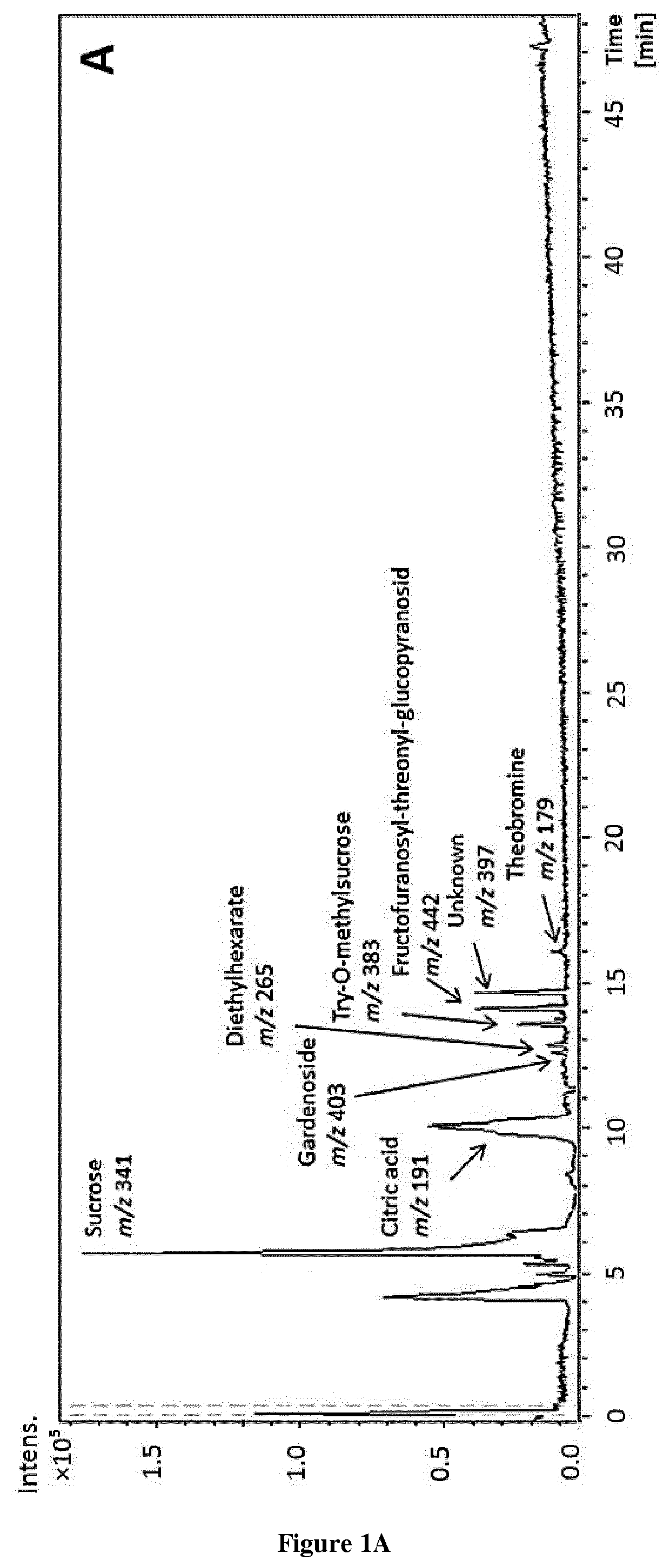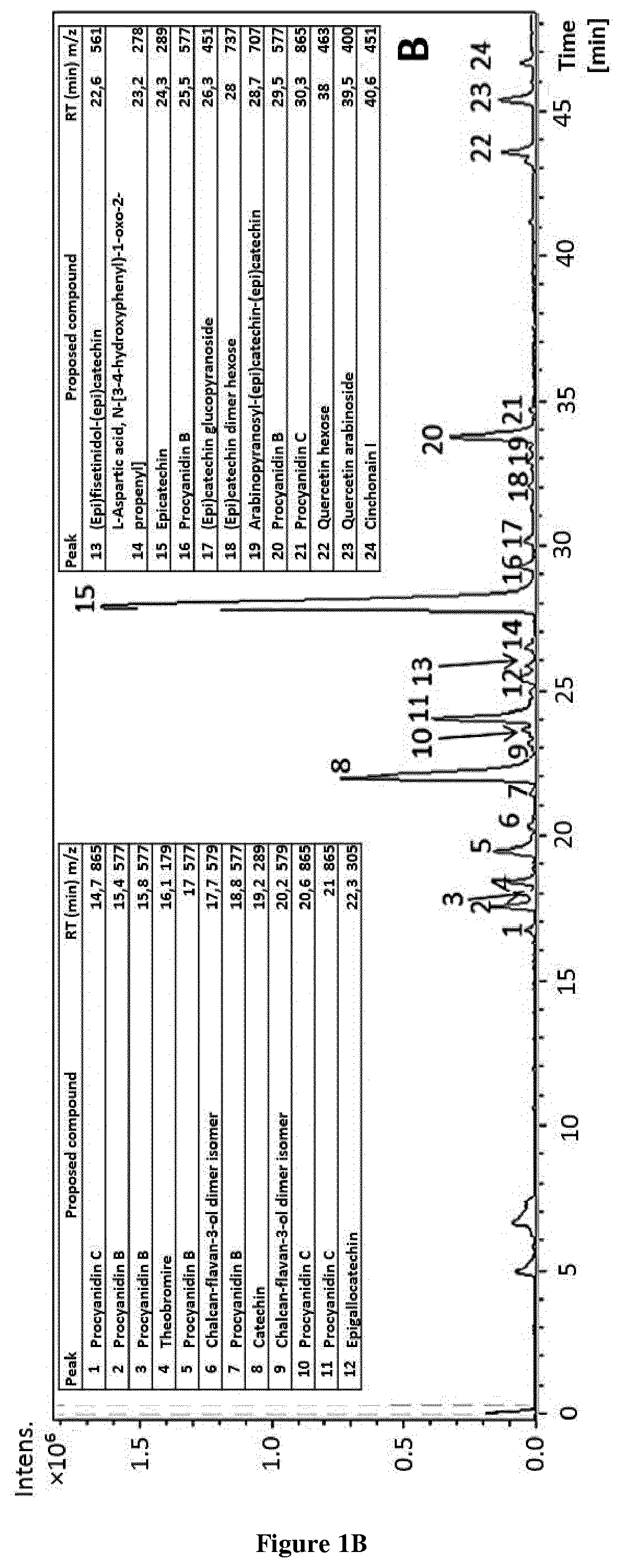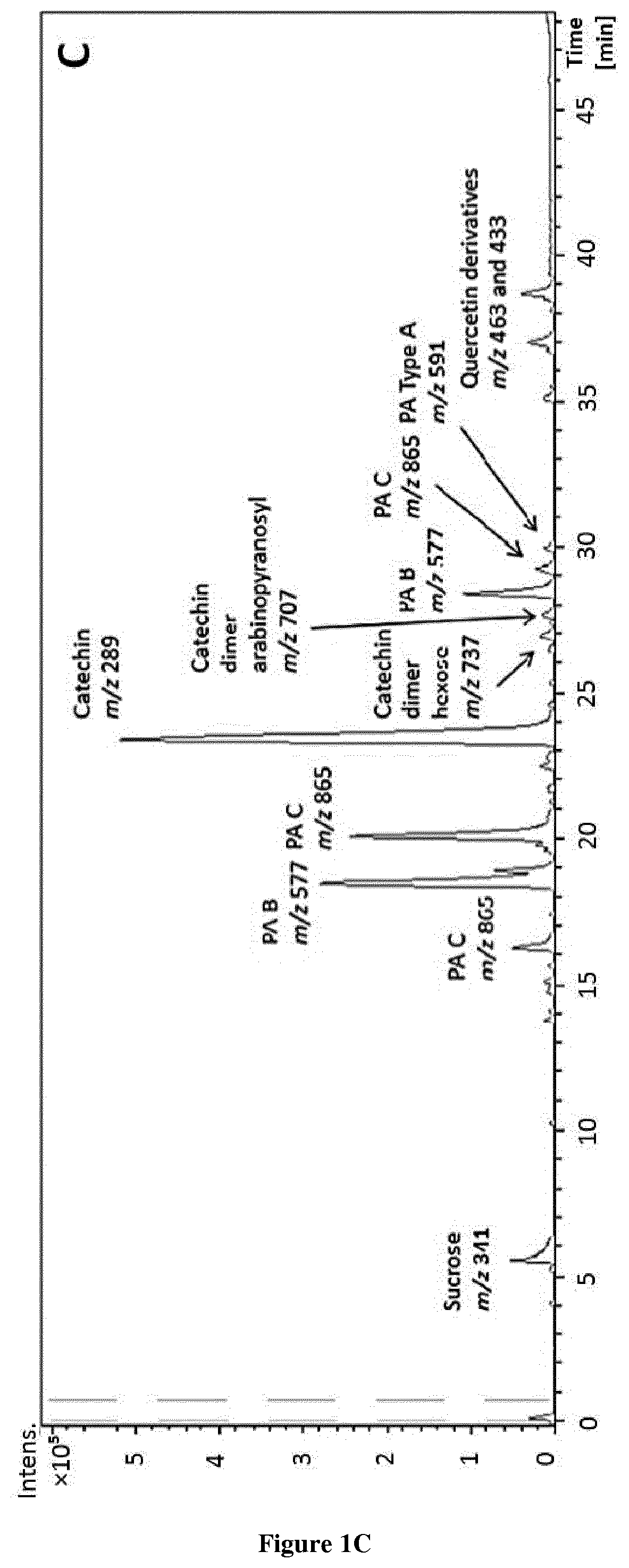Methods and pharmaceutical compositions for the treatment of fgfr3-related chondrodysplasias
a technology of chondrodysplasia and pharmaceutical composition, which is applied in the direction of drug composition, medical preparation, skeletal disorder, etc., can solve the problems of delayed diagnosis, difficult access to care, and isolated and psychologically
- Summary
- Abstract
- Description
- Claims
- Application Information
AI Technical Summary
Benefits of technology
Problems solved by technology
Method used
Image
Examples
example
[0030]Methods
[0031]1. Chemicals and Reagents.
[0032]All chemicals were of HPLC-MS grade and used as received. Acetic acid and methanol for HPLC and semi-preparative were purchased from Fluka (Sigma-Aldrich, Steinheim, Germany) and Lab-Scan (Gliwice, Sowinskiego, Poland), respectively. Diethyl ether and methanol for extraction were purchased from Fisher (Fisher Scientific Co., Fair Lawn, N.J.), ethyl acetate from Lab-Scan (Gliwice, Sowinskiego, Poland), ethanol and acetone from AnalaR Normapur (VWR International, Inc., Darmstadt, Germany) and dimethyl sulfoxide (DMSO) was purchased from Panreac (Barcelona, Spain) for analytical assays. (−)-epicatechin was purchased from Sigma-Aldrich (St Louis, Mo., USA). Water was purified by a Milli-Q system from Millipore (Bedford, Mass., USA). Deuterated solvents such as dimethylsulfoxide were purchased from Eurisotop (France). For NMR analysis, the sample was dissolved in dimethylsulfoxide-d6 and transferred in an oven-dried 5 mm NMR tube for spe...
PUM
| Property | Measurement | Unit |
|---|---|---|
| concentration | aaaaa | aaaaa |
| capillary voltage | aaaaa | aaaaa |
| temperature | aaaaa | aaaaa |
Abstract
Description
Claims
Application Information
 Login to View More
Login to View More - R&D
- Intellectual Property
- Life Sciences
- Materials
- Tech Scout
- Unparalleled Data Quality
- Higher Quality Content
- 60% Fewer Hallucinations
Browse by: Latest US Patents, China's latest patents, Technical Efficacy Thesaurus, Application Domain, Technology Topic, Popular Technical Reports.
© 2025 PatSnap. All rights reserved.Legal|Privacy policy|Modern Slavery Act Transparency Statement|Sitemap|About US| Contact US: help@patsnap.com



